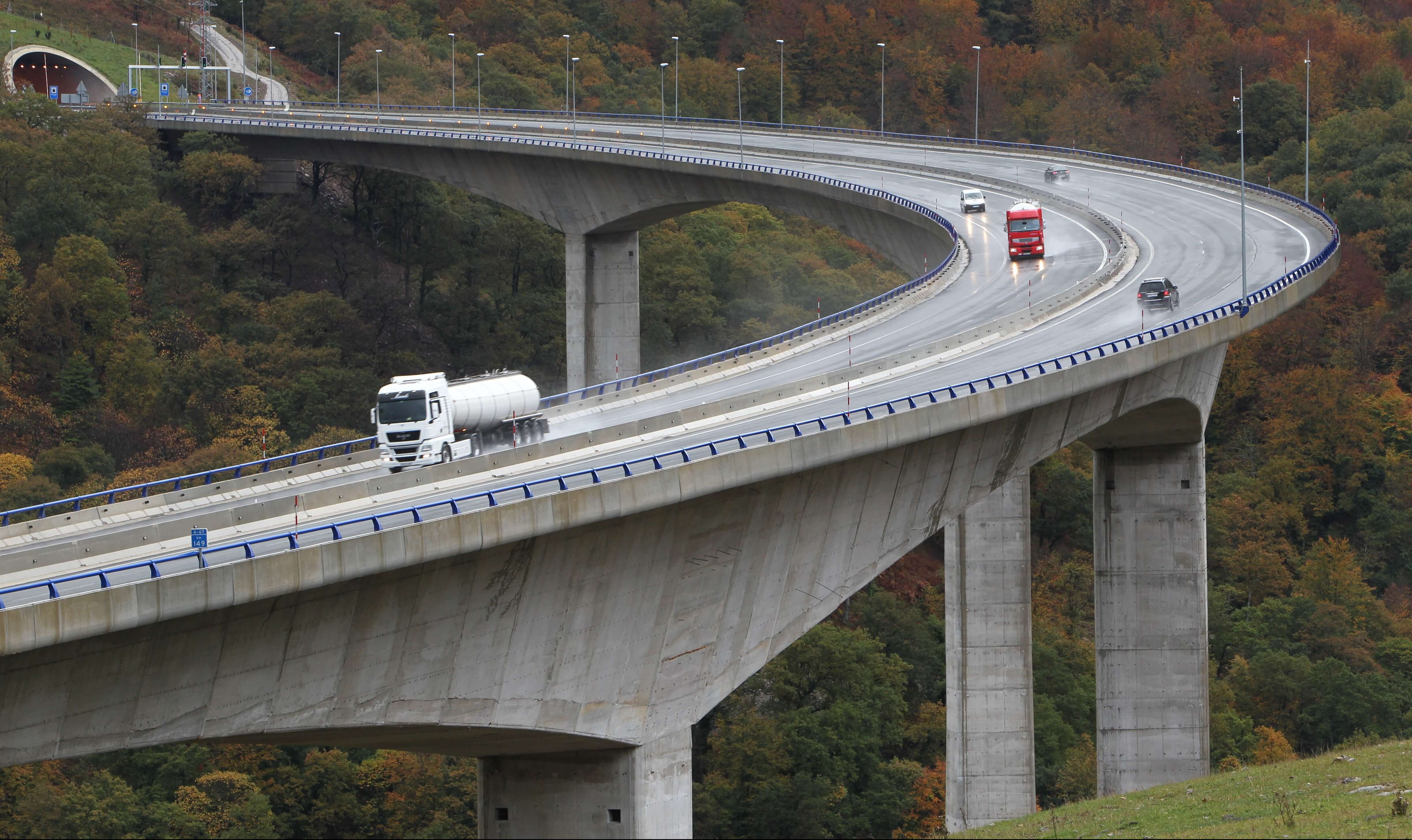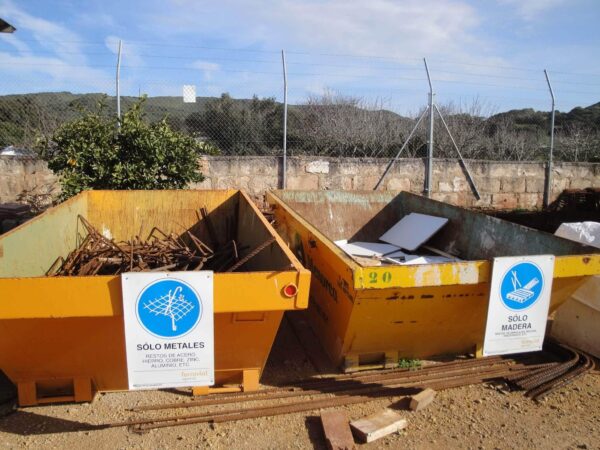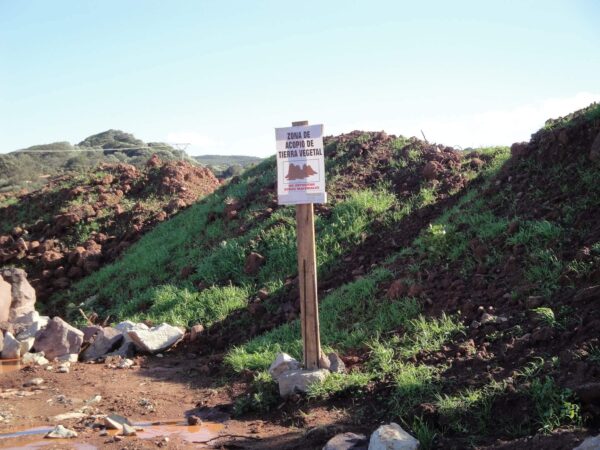
In 2005, UNESCO named May 17 International Recycling Day to raise awareness in society about the importance of handling waste properly in order to reduce the amount of resources used, thereby protecting the environment. I’ve worked at Ferrovial’s construction company since 2003, and since then, the company has been involved in addressing the challenges of sustainable use, optimizing the use of our natural resources by reusing and recycling the waste materials we generate in our projects to the max.

The difference between reuse, recycling, and valuation
The first thing we have to do is differentiate between these terms, which have a lot of overlap as well as subtle differences: reuse, recycling, and valuation. According to European Directive 2018/851, reuse is any operation through which the products or product parts that aren’t waste are used again for the same purpose for which they were originally intended. Recycling, on the other hand, is any valuation operation through which waste materials are transformed back into products, materials, or substances, whether they are also for the recycled material’s original purpose or a different one. That includes transforming organic materials, but not energetic valuation or transforming materials that are going to be used as fuel or refilling purposes. Finally, valuation is any operation whose primary outcome is that waste serves a useful purpose by replacing other materials that would otherwise have been used for one purpose, or the waste is handled in such a way that it can serve that purpose in the building or in the economy in general.

The objective of both European and state legislation on this subject is reducing the amount of waste headed for “elimination,” that is, the landfill, thereby giving that trash a new purpose.
Handling waste at construction sites
Specifically with regard to construction and demolition waste (also known as C&D), here at Ferrovial Agroman we’re aiming to reuse as much of the waste generated at construction sites as we can, and if that isn’t possible, we’ll send it to a treatment plant where it can be recycled.

Soil left over from excavation is normally reused right away, with no need for treating it beforehand, even though it is sometimes necessary to crush it up so that it has the requisite granulometry for the project.
The fact that this soil is reused for construction also means fewer emissions tied to transportation, and therefore a smaller carbon footprint as well as better integration with the landscape. For 2020, we are aiming to reuse 80% of soil.

As for C&D (which includes debris, leftover concrete, and milling waste), prior treatment is indispensable for reusing it in construction projects, primarily as filler, bases, and subbases. Debris reused for the same construction project in 2018 was at 3%, a percentage that has a lot of room for improvement due to site management’s commitment to using recycled materials, and that is expected to go up with legislative changes, such as a possible government order to “end considering [milling waste] as waste.” However, the C&D sent to waste management has accounted for 70% of waste generated, which means that less than 30% of waste ends up in the landfill.
The challenge moving forward is managing to close the cycle of waste, which means reaching a true circular economy. The company is working on incorporating principles of circular economy in all of its processes, products, and services by reducing the use of nonrenewable natural resources, reusing waste as primary materials, recycling, incorporating eco-design criteria, and raising civic awareness.

With the help of everyone involved, we’ve been able to introduce these principles of circular economy, boosting recycling and improving efficiency in our activities, and at the same time minimizing any of our negative impacts on the environment.





There are no comments yet